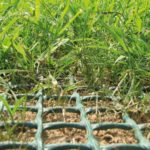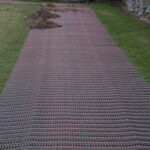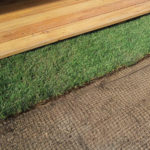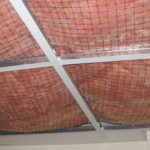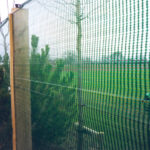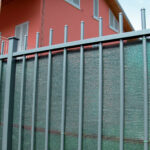Autumn / Fall: What to Do with Mesh & Fencing Before Winter
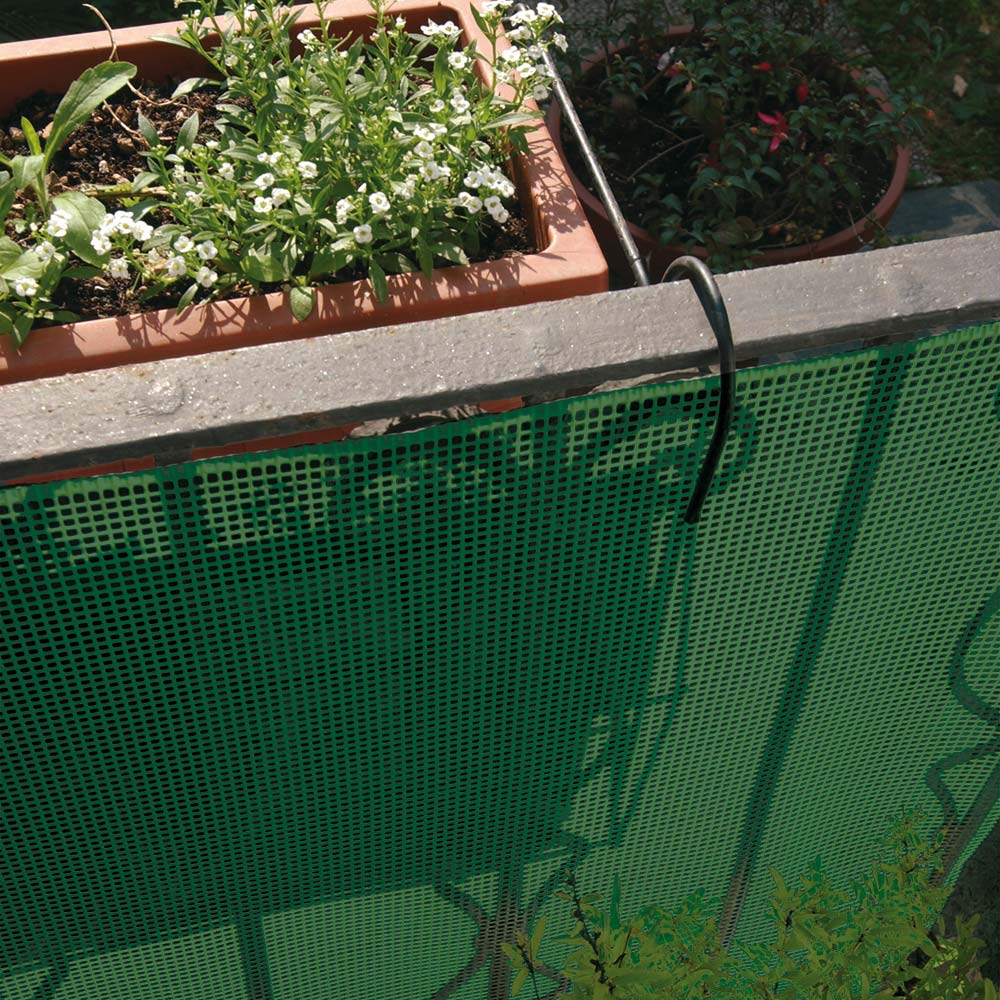
As the days get shorter and the weather turns wetter, autumn is the perfect time to give your mesh and fencing systems a bit of care before winter sets in. Regular maintenance now can prevent costly repairs later and ensure your fencing, netting, and ground reinforcement products last for years to come.
At GroundStores, we know how harsh the UK winter can be on outdoor materials — from strong winds and frost to standing water and heavy snow. Here’s what to check, clean, and secure before the temperature drops.
1. Inspect for Damage and Weak Spots
Start by walking the full length of your fencing or mesh installations. Look for:
- Loose posts or fittings
- Rust or corrosion on metal sections
- Cracks or brittleness in plastic mesh
- Tears or holes caused by animals or machinery
Addressing small issues early can stop them turning into bigger problems once the ground becomes frozen or access is limited. Replace damaged sections of mesh and tighten or re-anchor any wobbly posts.
2. Clear Away Vegetation and Debris
Over the summer, grass, weeds, and climbing plants can grow into fencing or netting, putting unnecessary strain on the structure. Before winter, carefully trim vegetation back and remove fallen leaves, twigs, or mud build-up.
This not only prevents extra weight on the fence but also improves airflow — reducing the chance of dampness, rot, and mould forming around posts or mesh.
3. Check for Proper Drainage
Standing water is one of the biggest threats during autumn and winter. Make sure the ground around your fencing and mesh drains freely.
- For grass protection mesh or ground reinforcement grids, ensure the surface hasn’t become blocked with soil or debris.
- For fencing near ditches or driveways, clear any drainage channels to avoid water pooling.
Good drainage reduces frost heave (when frozen soil expands and pushes structures upward) and helps protect post foundations.
4. Tighten Fixings and Supports
Cold weather and strong winds can loosen fittings and strain posts. Go over your fence line with a wrench or screwdriver to tighten:
- Brackets, bolts, and ties
- Cable ties or clips holding mesh to posts
- Hinges and gate latches
If you use windbreak netting, ensure it’s properly tensioned but not overly tight — a small amount of give helps it withstand gusts without tearing.
5. Apply Protective Treatments (If Needed)
For galvanised or metal fencing, check whether any exposed steel areas need protection. Applying a zinc-rich spray or anti-rust coating to small scratches can extend lifespan dramatically.
If you’re using wooden fence posts, autumn is also a good time to apply preservative treatments or sealant before damp weather sets in.
6. Remove Temporary Meshes or Barriers
If you’ve been using temporary plastic mesh for summer events, pet areas, or lightweight enclosures, consider removing and storing it over winter. Roll it up clean and dry, and keep it in a sheltered place away from direct sunlight to prevent UV degradation and cracking.
This extends its life and makes reinstallation quicker when spring returns.
7. Reinforce High-Wind Areas
Winter storms can put serious pressure on exposed fencing and netting. For high-wind areas:
- Add extra posts or supports where needed.
- Check that windbreak netting is installed with the correct orientation (horizontal mesh lines should face the wind direction).
- Use ground anchors or U-pins to keep reinforcement meshes secure on slopes and open sites.
8. Prepare Animal Enclosures and Paddocks
If you manage livestock, poultry, or pets outdoors, inspect enclosures to ensure safety and comfort:
- Repair gaps or sagging mesh that could let animals escape.
- Double-check gates and latches.
- Add windbreak fencing or mesh panels to create sheltered areas.
These small actions protect animals and make daily care easier during the colder months.
9. General Cleaning and Storage Tips
Before storing any mesh, clips, or stakes, clean them thoroughly with a mild detergent and water. Dry completely to prevent mould or corrosion. Label rolls of mesh so you know which area they belong to next season.
10. Plan Ahead for Spring
Once everything is secure, make a quick list of materials you’ll need to replace or expand in the spring — whether that’s new fencing sections, posts, or reinforcement mesh. Ordering early often means better prices and faster delivery once the warmer weather returns.
Final Thoughts
Preparing your fencing and mesh systems in autumn saves you time, money, and stress over winter. A few hours of inspection and maintenance now can prevent collapsed fences, flooded paths, or damaged mesh later on.
Explore GroundStores’ full range of fencing, netting, windbreaks, and ground reinforcement products — built to last through every season.

